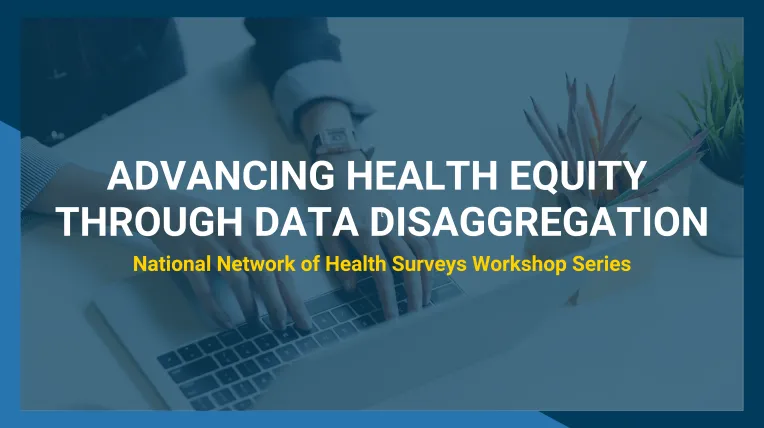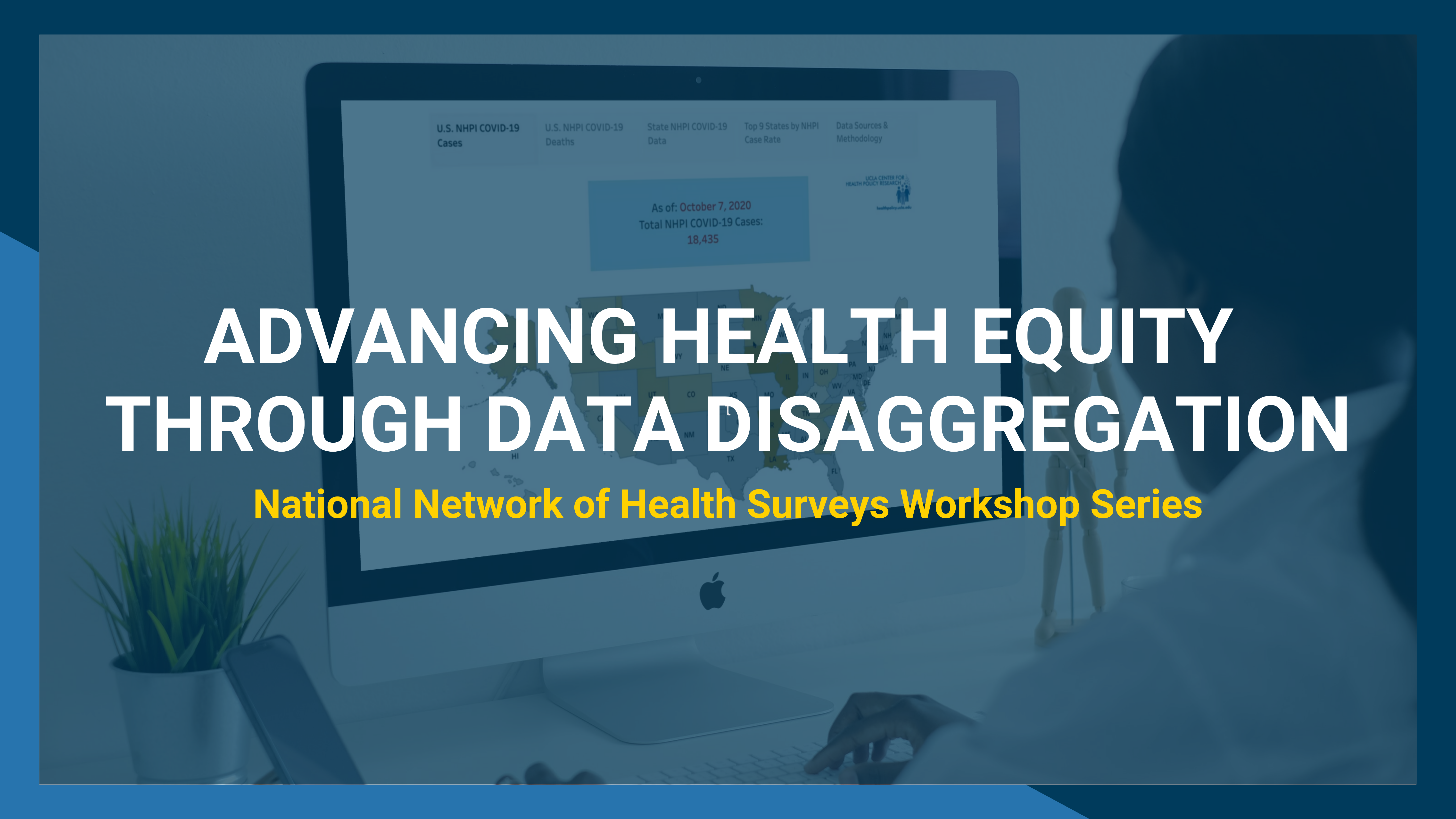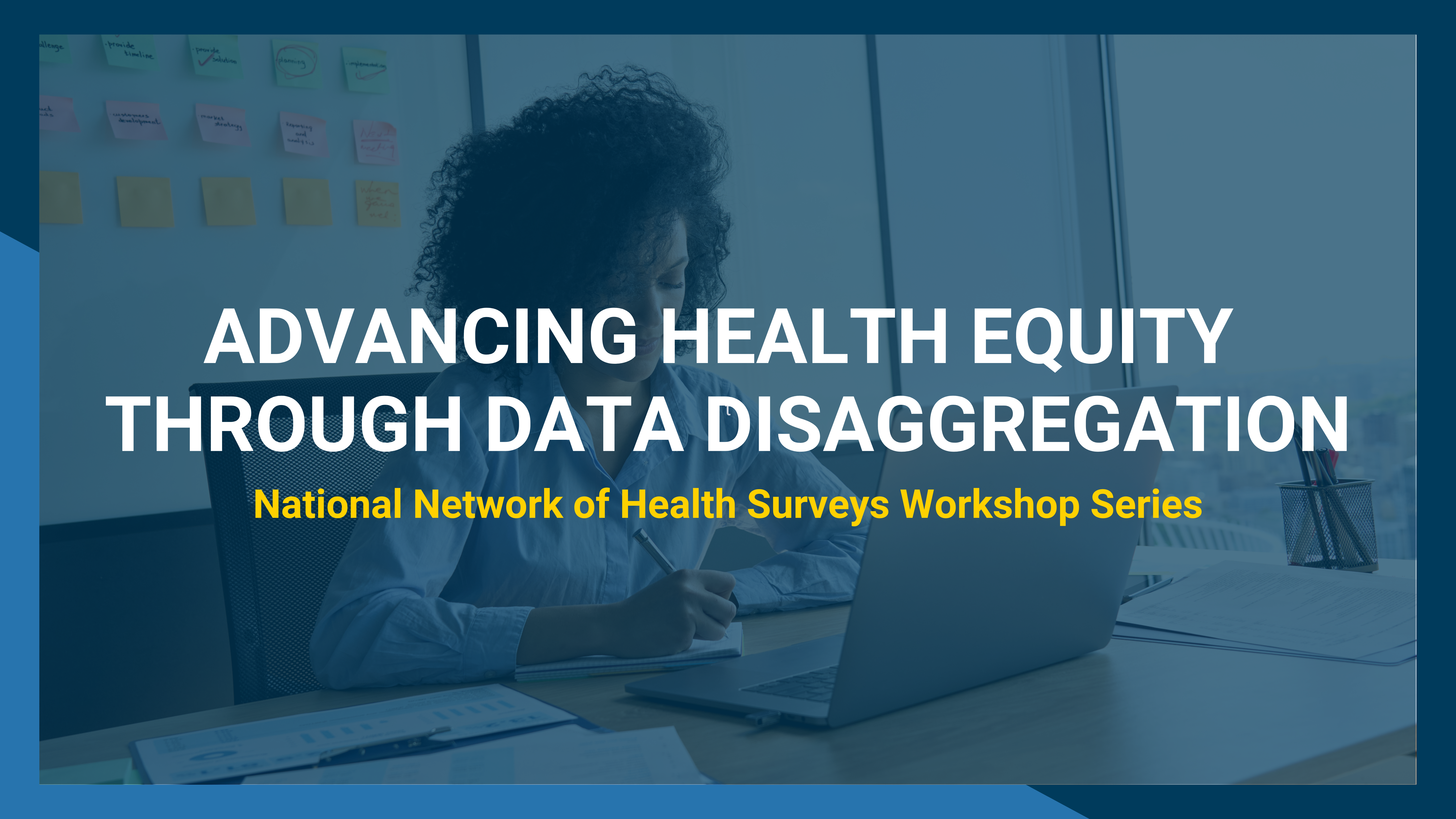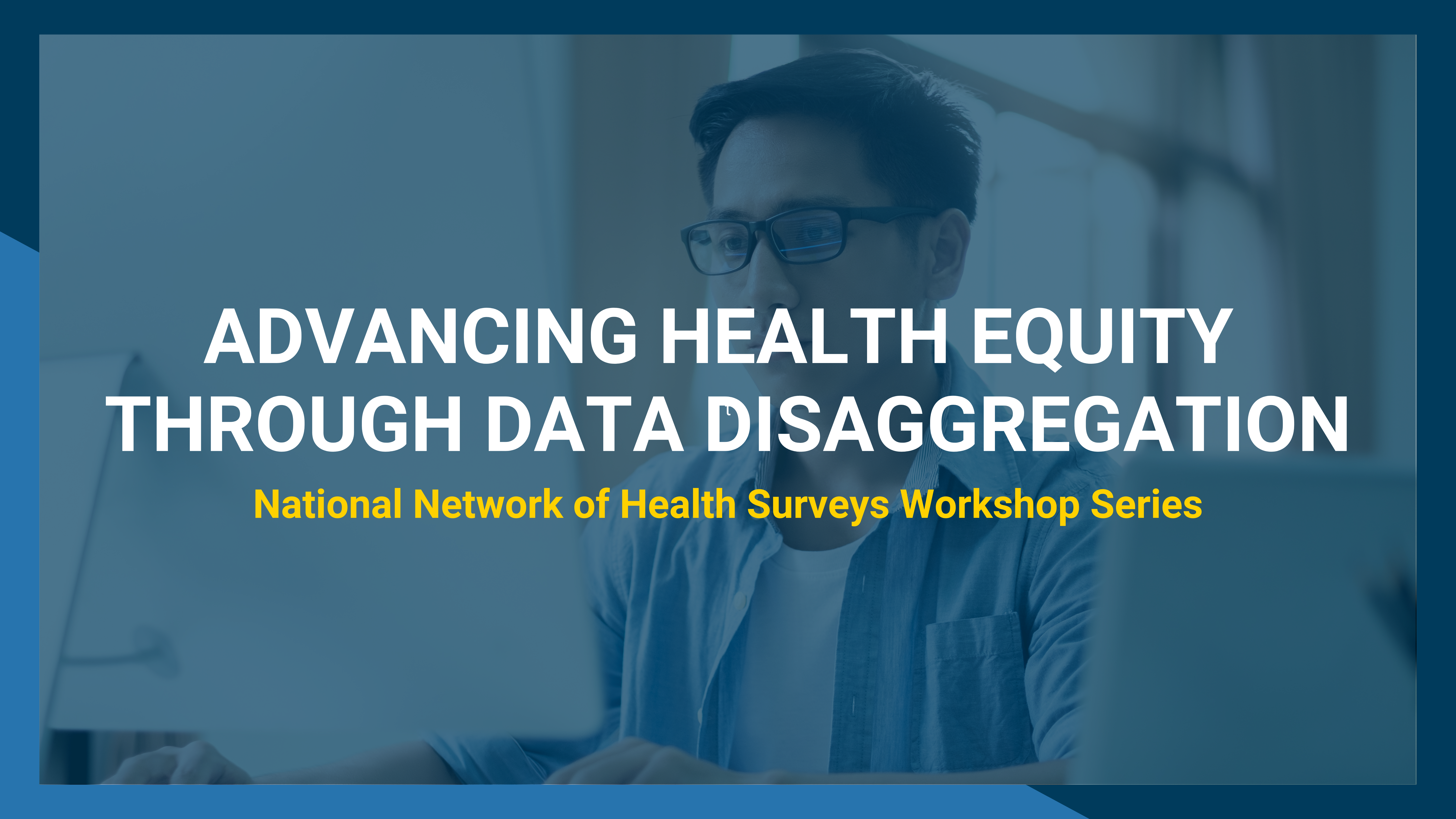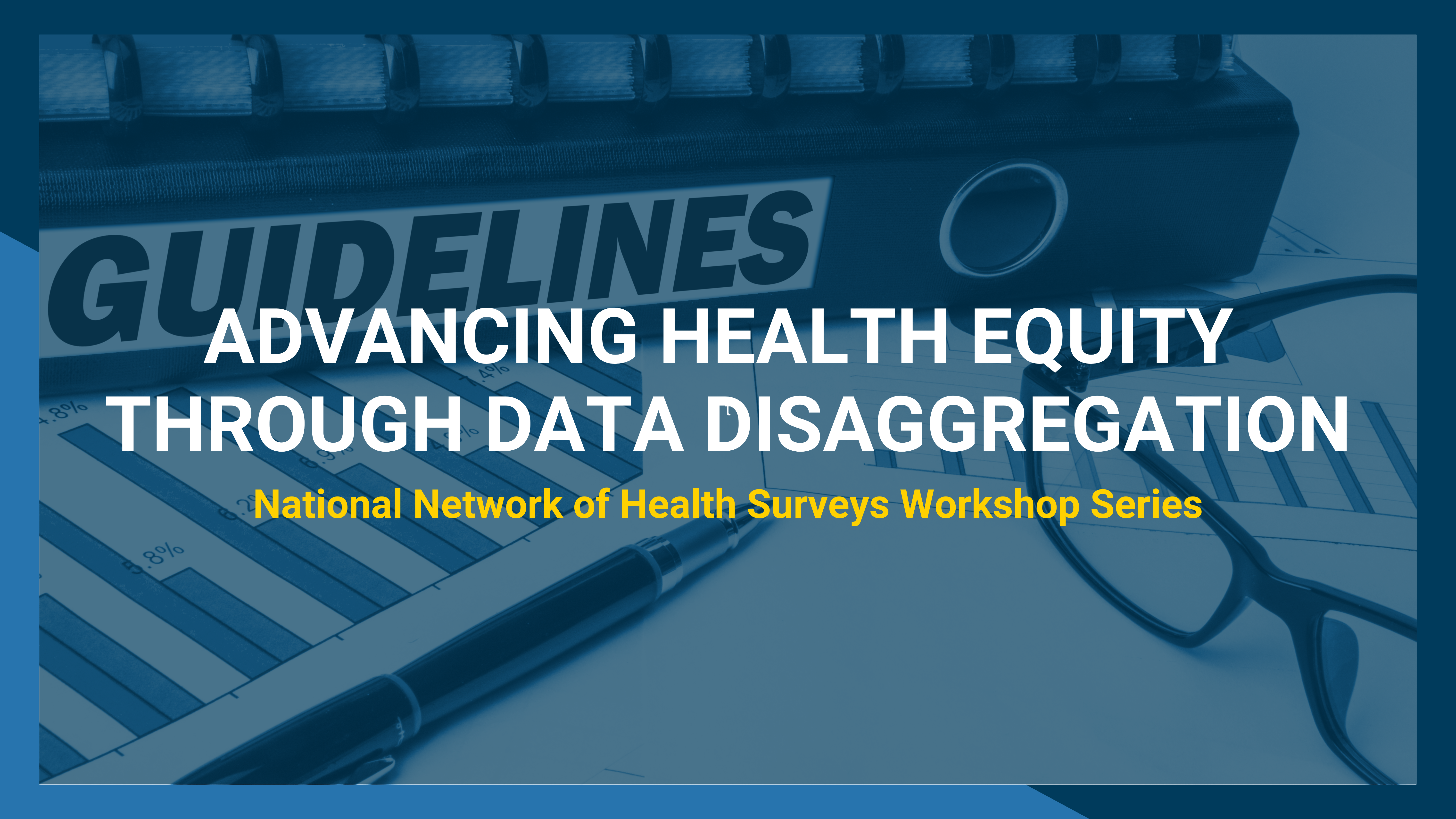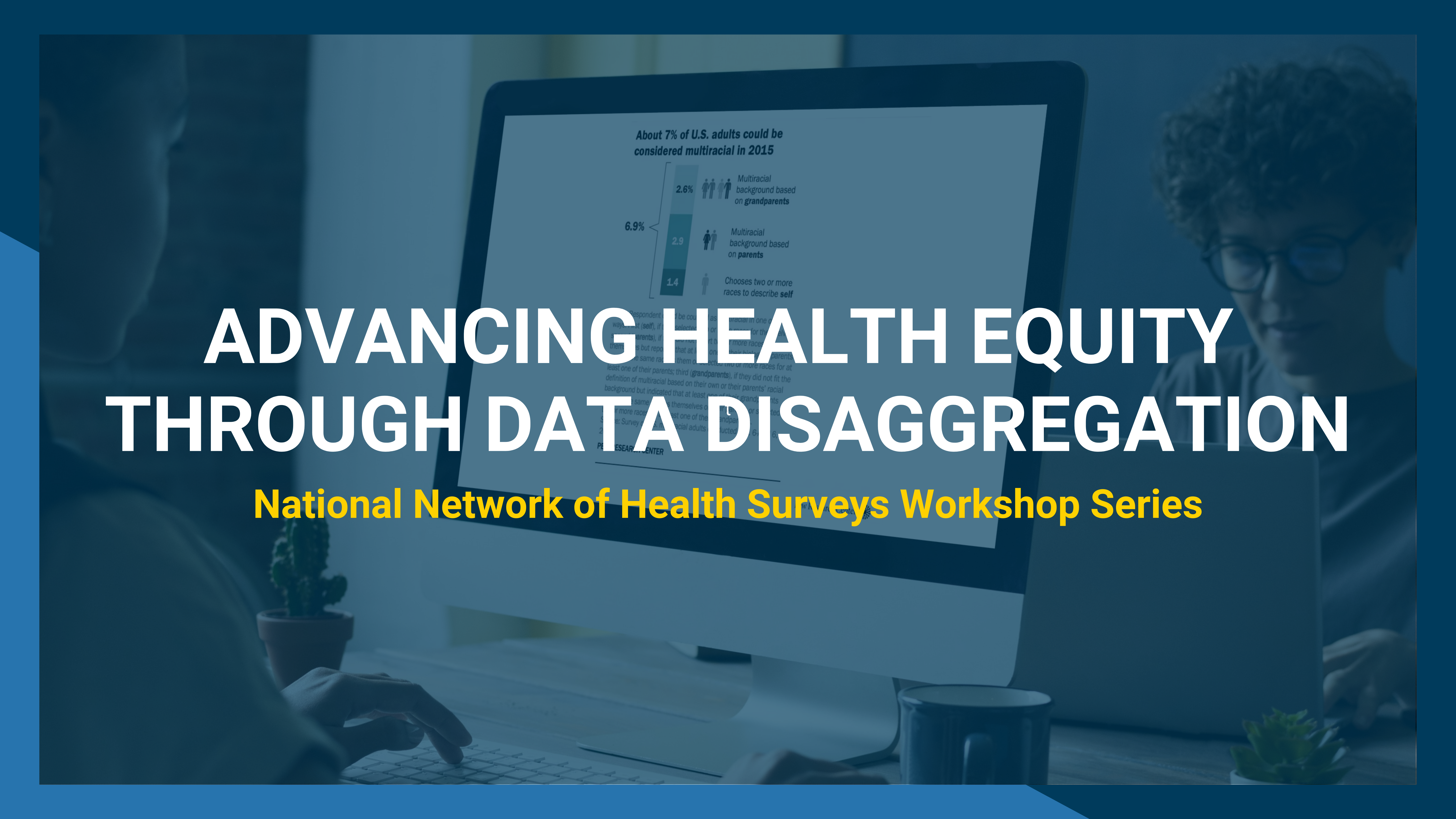User Experience Accessing Disaggregated Racial/Ethnic Data
PUBLISHED ON: NOVEMBER 18, 2020
This presentation reviews several commonly used statistical disclosure limitation (SDL) techniques that are used to protect sensitive government data. In addition to this review, the presenter demonstrates these techniques in practice by presenting several case studies. Finally, the presenter shares several useful resources that the audience can refer to for further guidance on available techniques used to protect its data.
The first part of the workshop offers participants an opportunity to learn about County Health Rankings & Roadmaps as a data-to-action platform that is both a consumer and producer of disaggregated data. Presenters share about challenges and key considerations around norms and values pertaining to accessing, manipulating, and displaying disaggregated data, such as how groups of individuals are categorized or making sense of the best available information even when it is data with limited reliability. Workshop participants will learn with others on how to navigate such challenges and considerations.
In the second part of the workshop, presenters discuss how Decennial census data, broken down by gender, age, race, and Hispanic ethnicity for multiple geographic levels, is used to track a wide range of health outcomes. Changes to the Census Bureau’s disclosure avoidance system for the 2020 decennial census may hurt our ability to track health outcomes across a wide variety of sub-populations. The talk reviews the new disclosure avoidance system, based on differential privacy, and highlights public health analyses using multiple demonstration datasets published by the Census Bureau.
About the National Network of Health Surveys' Advancing Health Equity Through Data Disaggregation Workshop Series
Disaggregated race/ethnicity data is needed to expose gaps in health equities and inform policies and programs and close those gaps. The National Network of Health Surveys, part of the UCLA Center for Health Policy Research, offers a series of workshops designed to improve the disaggregation of race and ethnicity measures in health data sources. Our goal is to boost the number of subpopulation categories made available to key constituencies working to improve health equity. This is especially important for representing communities that are often “hidden” in large health data sets.
Topics and Timestamps
- Disclosure Avoidance and the 2020 Decennial Census – David Van Riper (7:45)
- How Is Differential Privacy Implemented? (11:48)
- Analyzing Differential Private 2010 Census Data (23:41)
- User Experience Accessing Disaggregated Racial/Ethnic Data - Elizabeth Blomberg & Marjory Givens (34:32)
- What is County Health Rankings & Roadmaps? (35:34)
- How can County Health Rankings Data help you? (38:25)
- How to Access County Health Data (38:50)




